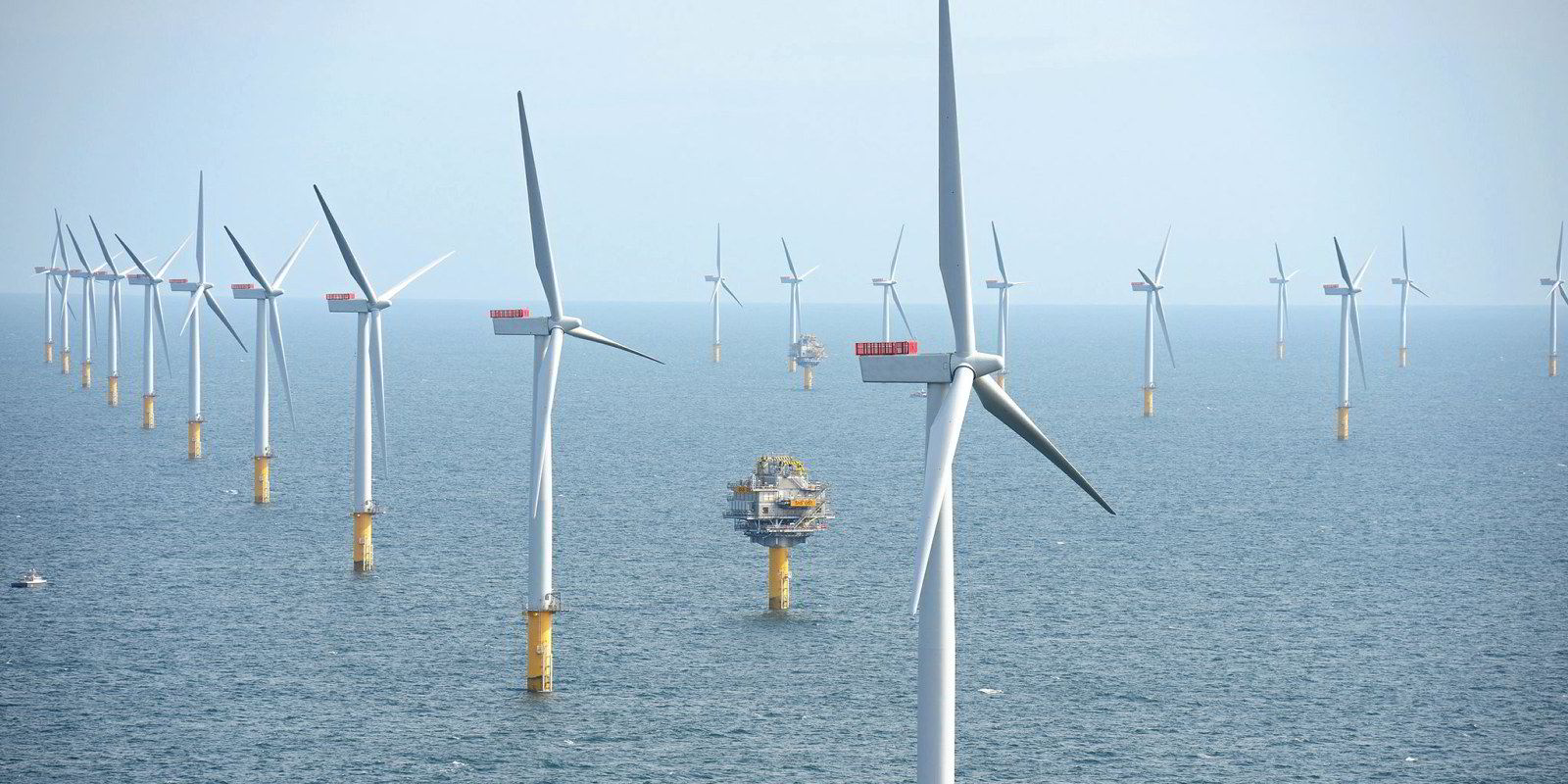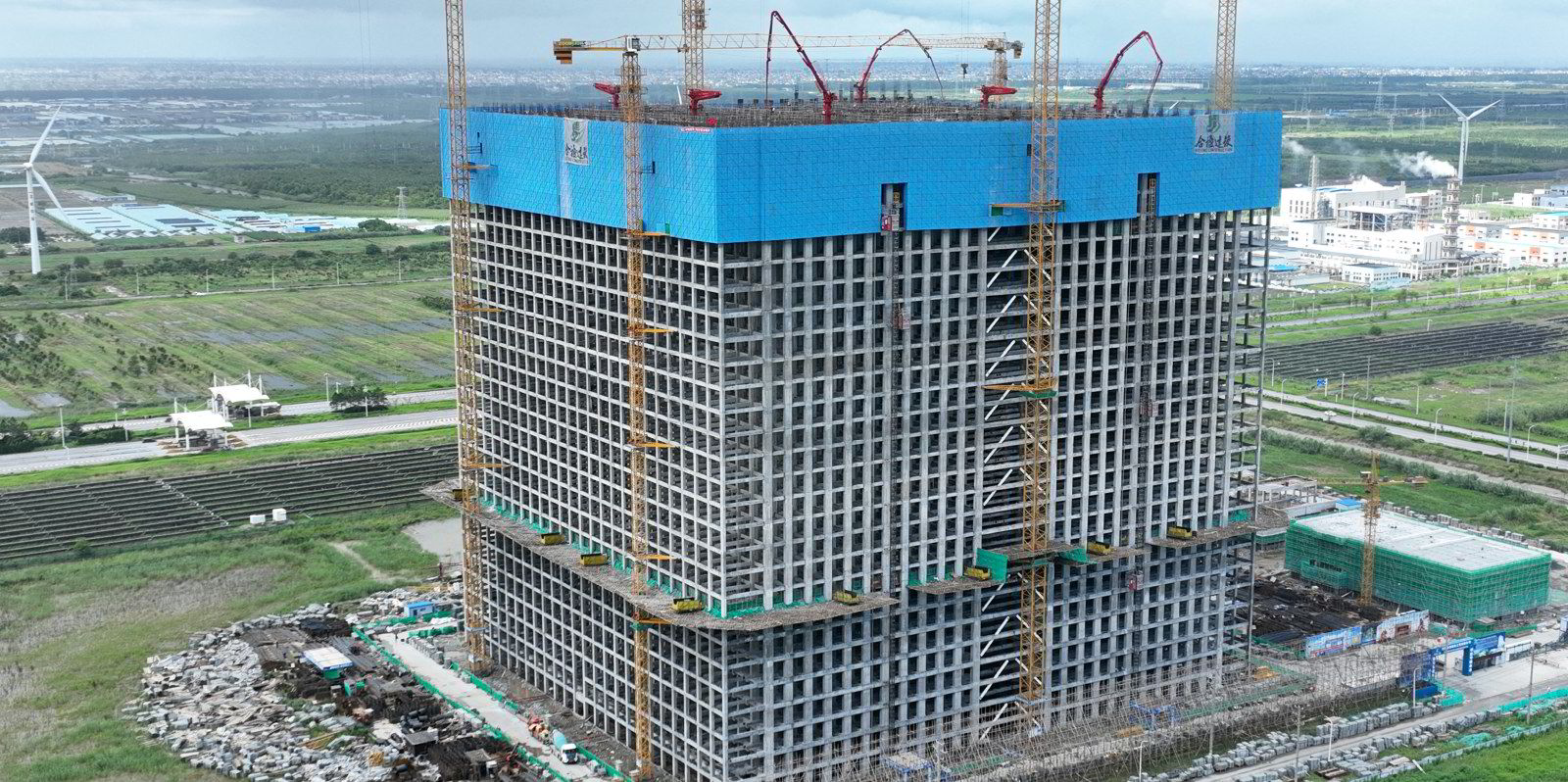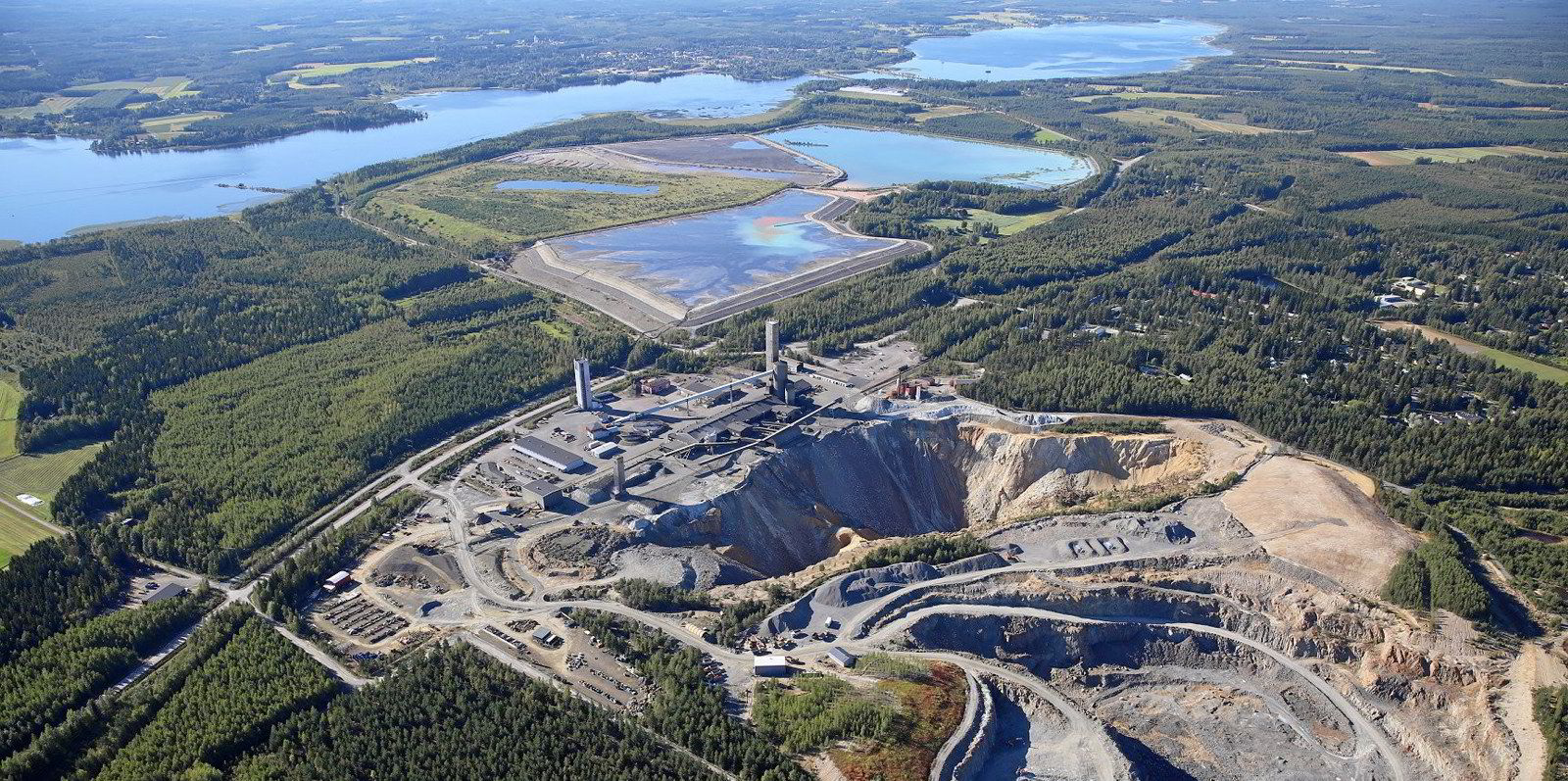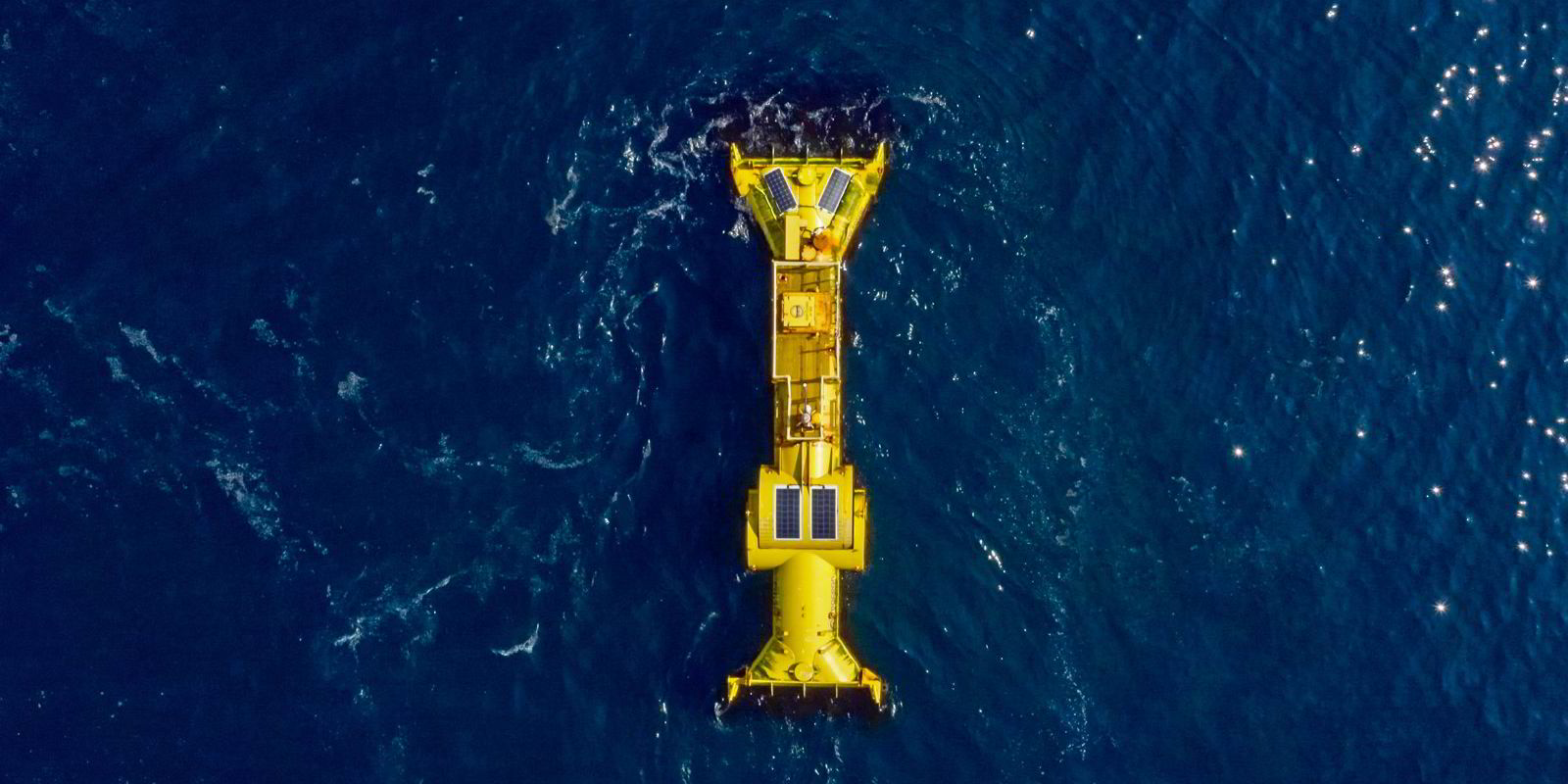The ocean depths could be used as a home for a new type of subsea energy storage to help save excess power generated by renewables, claim researchers.
Subsea Pumped Hydro Storage could hold the key to transforming seabeds into a “large-scale utility energy storage,” according to scientists from the University of Stavanger in Norway.
As swathes of new wind and solar farms are brought online as the world races toward net zero, the researchers noted the “downside” of this is the challenge that intermittent renewable energy sources create with “balancing supply and demand.”
“Energy storage emerges as a critical solution with its capability to provide stored energy during times of low supply and by accommodating surplus energy during periods of low demand,” said the researchers, whose findings were recently published in the Journal of Energy Storage.
On-land pumped hydro is by far the most common form of energy storage today, said the researchers. But such facilities face geographical constraints – they typically need mountainous conditions and large freshwater sources.
Using subsea pumped hydro systems would open up vast new swathes of terrain for energy storage, while also making it possible to co-locate such systems with deepwater offshore renewables, said the researchers.
Subsea pumped hydro – a concept first dreamed up several years ago – works by placing large rigid tanks on the seafloor.
At times when there is cheap or excess green power available, the tanks are “charged” by pumping the water out of them, creating a difference in pressure between the inside and outside and generating potential energy.
When power is needed, water is allowed to rush into the tanks, passing through turbines and generating electricity.
The researchers looked to advance the concept in their paper by mapping out areas of the seabed that could be suitable for such systems.
They also examined which turbines would be most suitable, finding that Pelton turbines, used in other hydro-power systems, had high theoretical efficiency.
The system is similar to that of compressed air energy storage, which has also been proposed for use in underwater settings, although that typically works by using the air rather than water to spin turbines.
The Norwegian researchers said that subsea pumped hydro systems installed near offshore energy hubs, such as those planned in the North Sea, could help reduce curtailment during periods of excess power generation.
“In light of recent cancellations of large offshore wind projects,” they said that “any increased revenue streams for operators becomes essential for further offshore wind developments.”
“As the world continues to seek innovative solutions for energy storage, particularly in the context of integrating renewable energy sources,” they said that subsea pumped hydro “stands out as a promising and impactful technology.”




